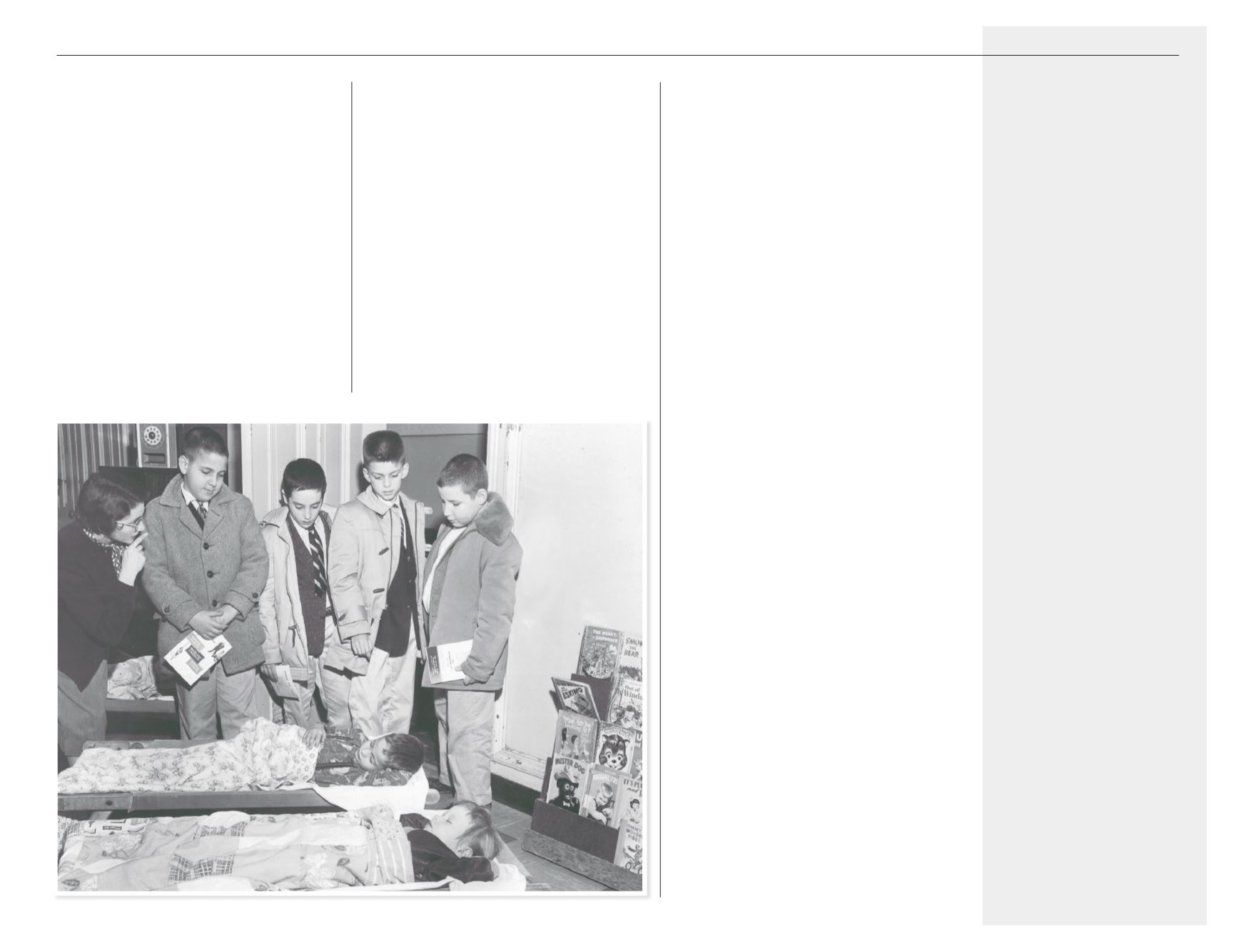

were worth ninety-eight and a half dollars
at the time, but I took them for Kingdom
House at face value, fifty thousand dollars
in Liberty Bonds. It was just a little while
until they were worth par, and what I had
feared happened, we subscribed twenty-five
millions but collected only nineteen millions
in the Centenary Movement and therefore
no institution was paid more than seventy
-five percent of what it sought excepting
Kingdom House, the only one I know in
the church. I am not perfectly sure that I
was right in replying so quickly and taking
all that negotiation in my own hands, but I
had fifty thousand dollars to raise out at St.
John’s Church. Aside from some telephone
conversations I don’t think you will find any
record in the Board of Trustees’ meetings of
Kingdom House of the offer to pay that in
Liberty Bonds or of my request for the fifty
thousand for Kingdom House, but that is
where fifty thousand dollars came in…
…Then we had to face – and this is
the last part of this third section of this
historical statement – the question as to
what we were going to do with the money.
We had fifty thousand dollars coming from
the Centenary which we had put into an
endowment fund. What would we do with the
fifty-six thousand? Well, we put it into that
same fund until we could decide what we
were going to do in the matter of purchasing
property. This property was purchased. All
the way through the lifetime of my good
friend Mr. Tolin whose boys’ presence
delights me as I recognize it today – all
during that time I remember how anxious
I was to keep as near a hundred thousand
dollars as possible in that endowment
fund. Consequently, when we did have
some money that needed to be raised for
additional equipment we would try to get
it without taking too much of that fund so
as to leave it at least a hundred thousand
dollars. But both portions of that hundred
thousand dollars were church funds, the one
from the Centenary and the other from sale
of the property which had been purchased by
Methodist laymen here in the city. The whole
of our money for the development of this
institution, with the exception of a very small
percentage, has come out of the Methodist
Church.
The money for the maintenance of
the program has largely come, since the
development of the Community Fund, from
the Community Fund….
7
Involvement with cooperative social
welfare agencies not only in the city of
St. Louis, but elsewhere throughout the
country goes back to the early years of
Kingdom House. Records show that
in addition to St. Louis settlements,
Kingdom House deaconesses visited
Hull House in Chicago.
8
Within
St. Louis, Kingdom House became
involved at an early date in what grew
to be the Community Council. Samuel
Kennard, President of the Board of
Control of Kingdom House, writes
in 1910, “…Kingdom House is in
close sympathy with the Associated
Charities idea, and by affiliation with
those charities carrying on special
lines of work has greatly enlarged
its opportunities for usefulness. For
instance, the Underage Kindergarten
Association cooperates with us in
29
C
hapter
T
wo
:
‘F
orgetting
O
ne
’
s
S
elf
in
S
ervice
to
H
umanity
’ (1928 – 1955)
B
P
hoto
:
B:
“A Children’s Torch Tour,
part of the United Fund
Campaign, visits the Nursery
R
ecords
show
that
in
addition
to
S
t
. L
ouis
settlements
, K
ingdom
H
ouse
deaconesses
visited
H
ull
H
ouse
in
C
hicago
.















